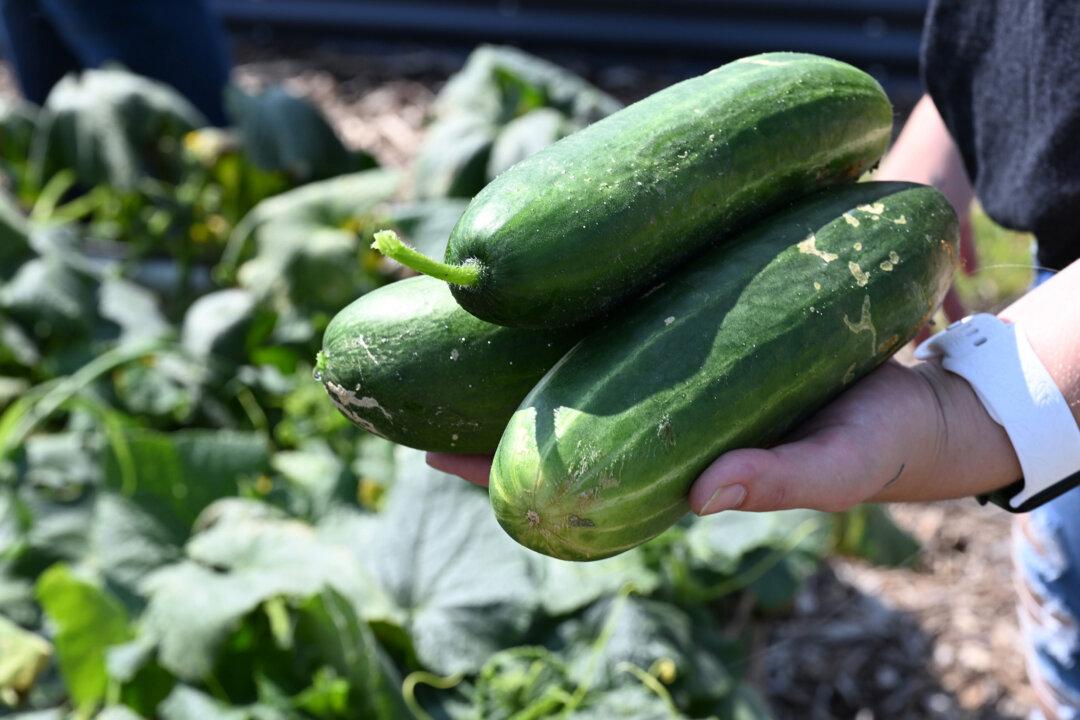Pittsburgh—RandiLynn Frohnapfel hopes to land a job in the hospitality and tourism industry after earning her associate degree in business administration from Pittsburgh Technical College next year, which means she'll work around those who prepare and serve food.
Still, she never imagined her education would include sticking her hands into the earth to weed on a hot July day on the school’s hilltop campus in Oakdale.
Though her parents had a garden while she was growing up in Martinsburg, Ohio, it just wasn’t her thing. But that’s not to say digging around in the dirt over the last few months hasn’t been fun.
The 20-year-old college sophomore was all smiles on a recent Monday as she circled the fenced-in patch of land she and four others in her program carefully planted in June, making sure the tomato plants they'd propped up on stakes were getting enough sun and water and checking to see what was ripe for plucking.
The school turned a sunny 40-by-60-foot plot of land behind its dorms into a garden and asked students to tend it in an effort to help combat food insecurity on campus. They grow a wide array of vegetables that students in the culinary department could turn into soups and healthy meals for their peers. It’s a process that takes place under the practiced eye of chef Donald Hutchins, who has over 30 years of culinary experience that he shares with students both inside and outside the classroom.






